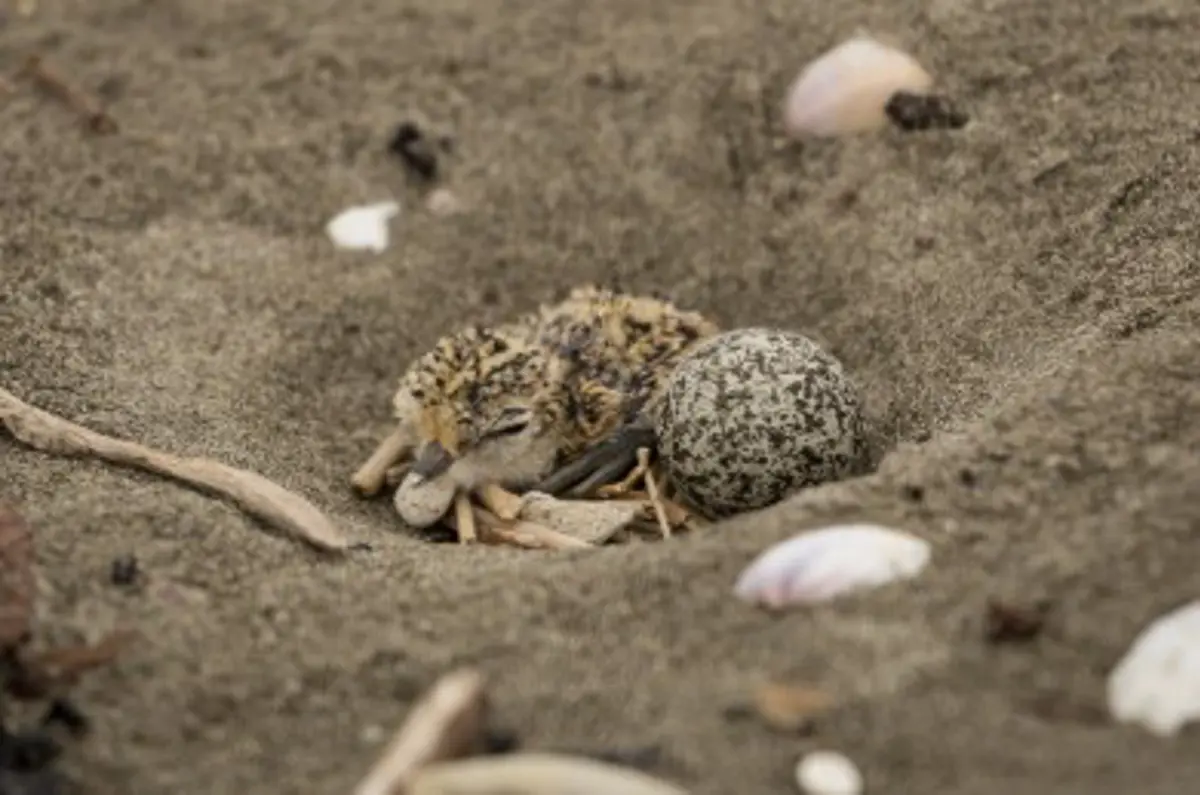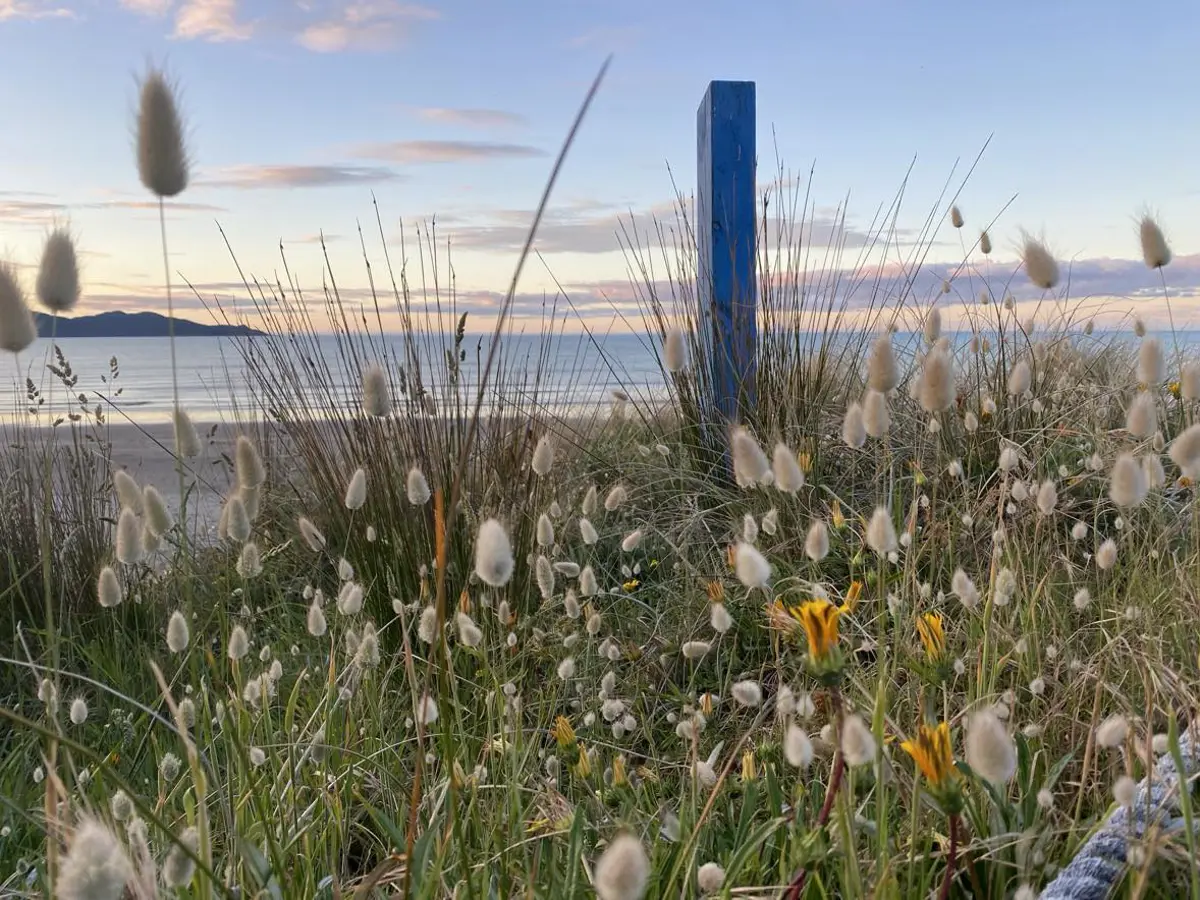Looking after our beaches
The beaches in Kāpiti are our community's backyard, and we all benefit from keeping them beautiful.
You can help by:
- only taking as much sand, stones or driftwood as you can carry in your arms
- staying out of the dune areas
- using signposted beach accessways
- not letting dogs chase or bother wildlife
- respecting rāhui.
Watch out for nesting birds
The Waikanae Scientific Reserve, including the sandspit at the mouth of the Waikanae River, is managed by the Department of Conservation.
This area is a fragile ecosystem all year. From July to late January, banded and New Zealand dotterels nest and here and in our local dunes. These nests are hard to spot and easy to damage. There are only about 2,500 tūturiwhatu (New Zealand dotterel) left in the whole country.

Dotterels nest in the sand, and their eggs and chicks blend in, making them vulnerable to predators, people, dogs, horses, and motorbikes.
Parent birds pretend to be injured to lure predators away from the nest. If you see a bird acting this way, it means there are eggs or chicks nearby, so please leave the area.
Council, the Department of Conservation, and volunteers rope off known nesting areas, but dotterels might still be nesting in other parts of the dune and beach areas.
Banded dotterels are Nationally Vulnerable, meaning they are at risk of extinction. We can all help protect them.
Top tips for keeping our beaches beautiful
Our beaches are amazing, and we all want to keep them beautiful for everyone to enjoy. Here are some top tips to help:
- Use reusable containers, and take them home to reduce rubbish.
- Always carry a reusable bag to take your rubbish with you.
- If a bin is full, take your rubbish home. Don't leave it beside or on top of the bin – it could blow into the sea or pollute the beach.
- If you smoke, take your cigarette butts with you. Don't leave them on the ground or bury them in the sand.
- Always pick up your dog's poo and put it in the bin.

- Know where and when you can drink alcohol in Kāpiti, and dispose of any glass properly or take it with you.
- If you're firing up your portable BBQ, check it's alright with these BBQ safety tips from Fire and Emergency NZ.
- Use the marked public tracks with blue posts to get to your beach.
- Take only photos, leave only footprints – and let us know what you love about summer in Kāpiti!